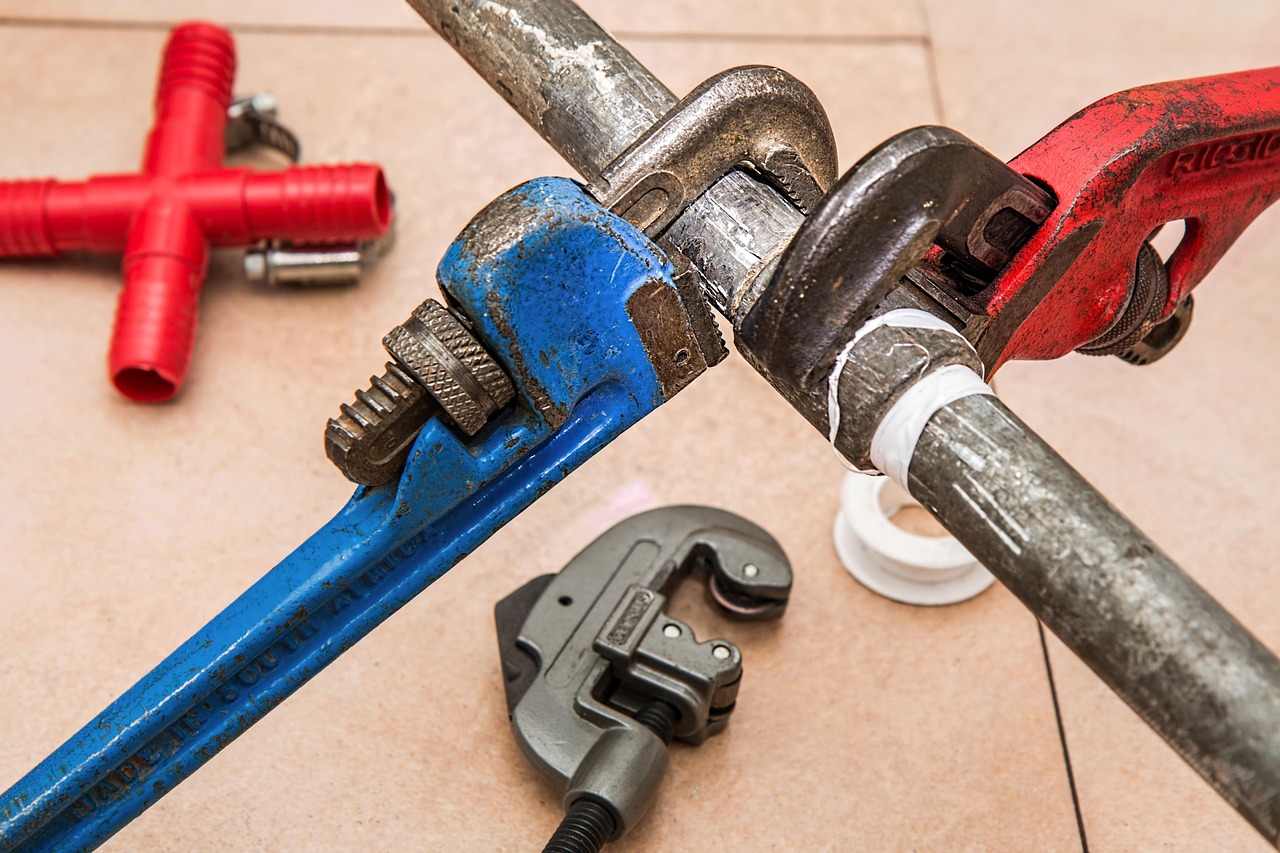Home improvements not only enhance your living space but can also provide significant tax advantages when properly documented. Many homeowners are unaware that certain renovations and upgrades may qualify for valuable tax deductions and credits, potentially saving thousands of dollars. From energy-efficient improvements to medically necessary modifications, the tax benefits for home renovation projects can substantially offset your investment costs. This article will guide you through the various tax incentives available for home improvements and explain how to properly claim these benefits on your tax return.
Understanding Home Improvement Tax Benefits
When it comes to tax benefits for home renovation projects, it’s crucial to distinguish between tax deductions and tax credits. Tax deductions reduce your taxable income, while tax credits directly decrease your tax liability dollar-for-dollar. For homeowners, this distinction is important as home improvement tax deductions and credits follow different rules and offer varying levels of savings. Not all home improvements qualify for tax benefits, but those that do can provide substantial financial relief. Generally, improvements that increase your home’s value are not deductible as regular expenses, but they can be added to your home’s cost basis, potentially reducing capital gains tax when you sell your property.
Energy Efficiency Tax Credits
Energy-efficient upgrades represent one of the most accessible ways to claim tax benefits on home renovations. The Residential Energy Efficient Property Credit allows homeowners to claim up to 30% of the cost for qualifying renewable energy installations such as solar panels, solar water heaters, small wind turbines, and geothermal heat pumps. Additionally, the Nonbusiness Energy Property Credit covers items like energy-efficient windows, doors, roofs, and heating and cooling systems. When planning energy-efficient home improvements, be sure to verify that products meet the specific requirements established by the Department of Energy to qualify for these energy efficiency tax credits. Keep all receipts and manufacturer certifications as documentation when claiming these credits on your tax return.
Medical Home Improvement Tax Write Offs
Homeowners who make modifications to accommodate medical conditions may qualify for a medical home improvement tax write off. These deductions fall under medical expenses on your tax return and can include installations like wheelchair ramps, widening doorways, installing support bars, modifying bathrooms, or adding stair lifts. To qualify, these improvements must be prescribed by a physician and primarily serve a medical purpose rather than aesthetic or property value enhancement. It’s important to note that you can only deduct medical expenses that exceed 7.5% of your adjusted gross income, and you must itemize deductions rather than taking the standard deduction. Proper documentation from healthcare providers linking the improvement to a specific medical need is essential when claiming these deductions.
Home Office Improvements
With more people working remotely, home office improvements may qualify for tax deductions for self-employed individuals or small business owners. If you use a portion of your home exclusively and regularly for business purposes, you may deduct expenses for improvements to that specific area. When claiming home upgrades on taxes related to a home office, you’ll need to calculate the percentage of your home dedicated to business use and apply that percentage to the improvement costs. Keep in mind that employees who work from home generally cannot claim these deductions due to changes in tax laws, but self-employed individuals maintain this valuable tax benefit.
Documentation and Claiming Process
Successfully claiming home improvement tax deductions requires meticulous record-keeping. Save all receipts, contracts, manufacturer certifications, and before-and-after photos of improvements. When filing your taxes, different home improvement categories are claimed on different tax forms. Energy-efficient improvements typically use Form 5695, medical improvements are included with other medical expenses on Schedule A, and home office deductions may require Form 8829. If you’re unsure about claiming home upgrades on taxes, consider consulting with a qualified tax professional who can help identify all possible tax benefits for your specific situation. Finding reliable contractors to complete these tax-advantaged projects is also important; AskHomey can connect you with qualified professionals who understand the requirements for tax-eligible improvements.
Capital Improvements and Home Basis
While many home improvements don’t qualify for immediate tax deductions, they can still provide tax benefits by increasing your home’s cost basis. This becomes important when selling your home, as a higher basis means lower taxable gain. Capital improvements that add value to your home, prolong its useful life, or adapt it to new uses can be added to your basis. Examples include room additions, new roofing, complete kitchen remodels, or finishing a basement. To maximize these tax benefits home renovation expenses should be carefully tracked over the years of homeownership, even if they don’t qualify for immediate deductions or credits.
Timing and Tax Law Changes
Tax laws regarding home improvement deductions and credits change frequently, making it essential to verify current rules before planning improvements with tax benefits in mind. Some credits and deductions have expiration dates or phaseout periods, while others may be renewed or expanded by new legislation. Planning major renovations near the end of the tax year requires careful consideration to ensure you can claim the benefits in the desired tax period. Always consult current IRS publications or work with a tax professional to navigate the complex and ever-changing landscape of home improvement tax incentives.
For more tips and to connect with reliable home service professionals, follow AskHomey on Facebook and Instagram.



